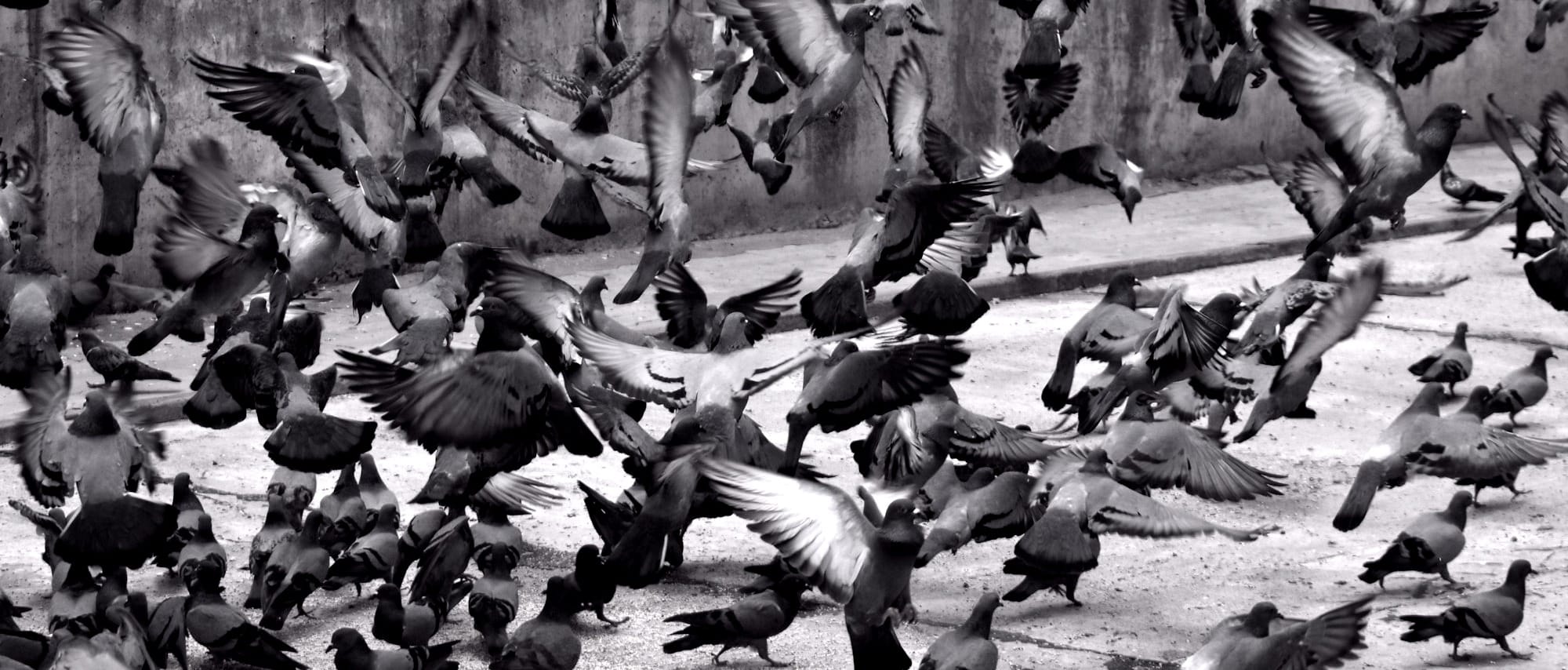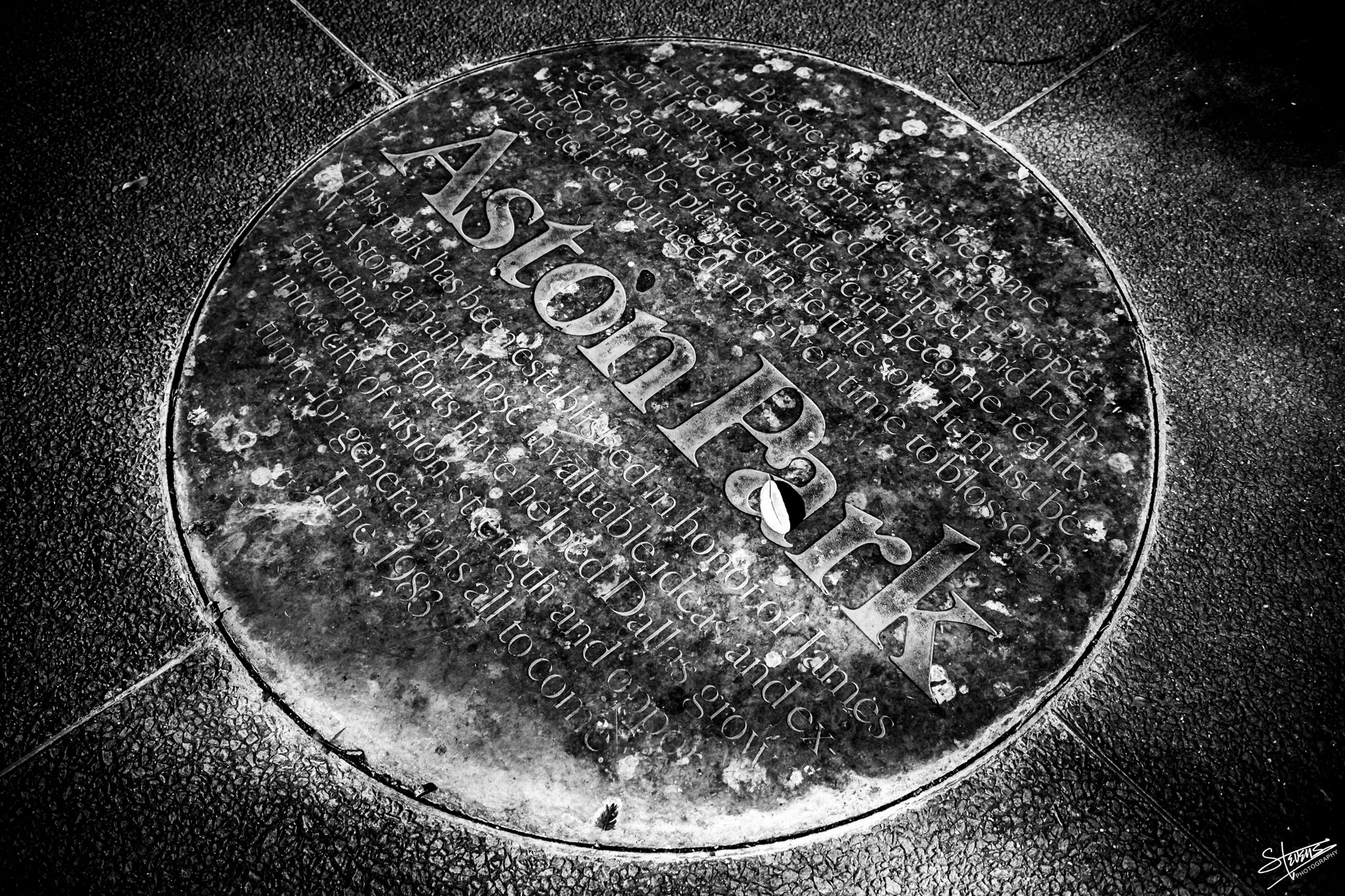The Worst Place for a Memorial Plaque
What does that say about the city’s values?

The first time I saw the plaque, I thought it was a manhole cover.
It was flush with the earth — no stand, no pedestal, no raised bed of stone or concrete. Just a flat bronze disk embedded into the soil under a small canopy of trees in a city park near the heart of Dallas. You could walk past it a dozen times and not notice. Most people probably have.
The park is quiet, wedged between buildings with just enough space to seem intentional but not enough to be inviting. It’s not the kind of place you plan to visit. It’s a place you cut through.
I only stopped because I saw a glint of metal through the grime — and the birdshit. Let’s not sugarcoat that. It wasn’t just dust or dirt. It was birdshit. Thick, crusted, acidic birdshit that covered the plaque like a skin disease.
It was disgusting. The way I hope you’re feeling now. But it also felt intentional.
We place things where we
want them to be seen.
And we bury them when we don’t.
I crouched down and studied it, forcing myself to look past the filth. I couldn’t read much at first. The contrast between the raised letters and the background had eroded. The plaque had clearly been there for decades — and yet I’d never noticed it.
Once I got home, I loaded the image onto my screen and began the laborious process of lifting the text out from behind its camouflage. Adjusting contrast curves, changing color channels, pulling detail from shadows. Slowly, the words emerged, and that’s when I realized this wasn’t just some token dedication.
It was a memorial. A tribute.
To James W. Aston — a name I had never heard.
That shocked me.
I’ve lived in Dallas most of my life. I went to school in Carrollton-Farmers Branch. I’ve worked all over the city, read the papers, watched the news, walked the parks. And yet I had never heard of James Aston.
Which raised a question I still can’t shake:
Why is one of Dallas’s most influential civic leaders buried under a layer of birdshit?
James W. Aston was, by what little I could find, a towering figure in Dallas finance and civic life. He was President and later Chairman of Republic National Bank, helped build the iconic tower I wrote about in Republic Rising, and drove key philanthropic and civic projects. He shaped Dallas’s postwar boom.
So where are the tributes?
Why no statue in the Arts District, no museum wing, no boulevard bearing his name? Instead, there’s a plaque in a tiny park — not displayed, but hidden. Not preserved, but left to rot.
Let’s consider this.
That plaque wasn’t placed by accident. Someone chose that spot. Someone signed off on the design, production, and installation. Someone looked at a shaded patch of dirt beneath some trees and said, “This is the place.”
And that’s what haunts me. Because they knew.
They had to know.
They knew that bronze corrodes.
They knew that birds roost in trees.
They knew that acidic birdshit eats away at metal.
They knew no one looks down when they walk through a park.
They knew — and did it anyway.
There are other memorials nearby. One to John Carpenter — another civic giant — is shoved off to a lonely traffic island near a freeway. Another is just a bronze sculpture of a man sweeping debris. No name. No history. Just public “art.” But it’s proudly displayed, clean, and seen.
What does that say about the city’s values?
We bury our history while meaningless art gets better real estate. It’s not just neglect. It’s erasure — passive-aggressive civic vandalism in bronze.
And here’s the irony:
The plaque sings Aston’s praises.
It talks about service, leadership, legacy. It honors his role in building Dallas. These aren’t perfunctory words. Someone cared enough to cast that tribute in metal. And then buried it.
You might say I’m projecting. Seeing malice in what was just indifference. Maybe. But the location of a memorial is never neutral.
We place things where we want them to be seen.
And we bury them when we don’t.
When I first photographed the plaque, I had to get down on my knees. A few joggers passed by. One shook his head at me. Probably thought I was crazy. Maybe I am.
But I couldn’t stop thinking about it.
There was something symbolic about kneeling — as if that’s what it takes to access memory in this city. Submission. Humility. Or just stubborn curiosity.
This man helped build Dallas. Now all that’s left is a crusted bronze disk hiding in a forgotten park. He deserved better. Not for glory — but because memory matters. Legacy matters. And how we treat the people who shaped our cities tells us what we value.
I don’t know who placed that plaque.
But I know what they decided.
They decided to forget.
And I won’t.
Have you ever spotted a monument in an odd or forgotten spot?
— Lawrence

Thanks for reading Still Stories! Subscribe for free to receive new posts and support my work.

